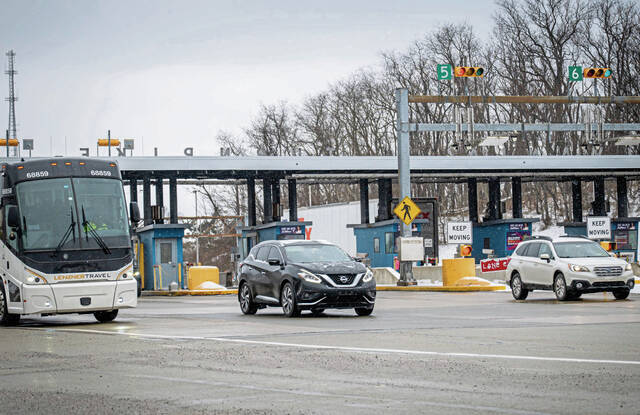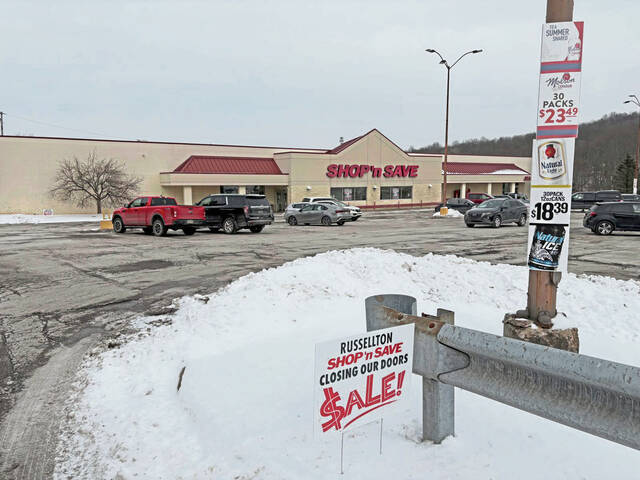After more than 60 years as the Port Authority of Allegheny County, the region’s largest public transportation provider announced a rebrand on Thursday to Pittsburgh Regional Transit.
“We stand at the very beginning of a new era in public transportation,” said Pittsburgh Regional Transit CEO Katharine Kelleman at a press conference in Downtown Pittsburgh.
Pittsburgh Regional Transit, or PRT, will make some changes to the bus, light-rail, and incline system that currently serves Allegheny County and some communities on the county’s border. Most noticeably, PRT will be moving to a new, and more consistent color scheme.
All PRT buses will be teal and yellow. Kelleman said that Port Authority buses since 2004-5 have been different colors, which can be confusing to riders at times. Port Authority buses are red, yellow, green, and purple.
Kelleman said the color scheme and the former name could confound riders, and she hopes PRT will be easier for new-comers and natives to understand.
“The bus says ‘Port Authority,’ but are you going to the port,” Kelleman joked, noting that there are no ports in Pittsburgh.
PRT spokesperson Adam Brandolph said the rebrand cost $720,000, which was mostly spent on focus groups and ride-alongs with riders to get their input on what the rebrand should entail. Brandolph said additional costs will come later, but noted that much of the spending will come as a natural part of repainting buses and other maintenance.
Kelleman said there will be signage upgrades and that repainting all the buses could take three to four years to complete.
Brandolph said riders should expect all PRT buses to have the same color scheme eventually, but there may be some additional branding to distinguish busway routes and the coming Bus Rapid Transit routes, which will travel on bus-only lanes between Downtown and Oakland. He said PRT is currently conducting studies, and the agency could eventually alter the names of routes within the system.
Allegheny County Executive Rich Fitzgerald approves of the rebrand and said it makes sense to change the name and include Pittsburgh and transit in the title.
“It is better branding, particularly for all the new people that are moving here,” said Fitzgerald.
Kelleman said the rebrand to PRT is also likely to be part of a broader effort to rethink public transportation in the entire Pittsburgh metro area. Public Transit ridership has declined significantly since the pandemic began, and it has not fully recovered.
Commuters were a large part of the ridership pre-pandemic, but with the rise of remote work, many office workers have not returned to Downtown Pittsburgh and other big job centers. For Pittsburgh, that has led to large decreases in ridership, particular in the agency’s light-rail routes.
Kelleman said she doesn’t expect the same ridership the agency had before the pandemic to return. She hopes ridership will return to the 200,000 daily riders Port Authority had before the pandemic, but said that could come from adding things like late-night routes in some high use areas, instead of commuting service for workers that no longer use public transit.
With the name change, Kelleman is also hopeful to work with smaller transit agencies in the region — like Westmoreland County Transit Authority or Freedom Transit in Washington County — and coordinate with them to provide more catered transit services. Kelleman said this might mean PRT taking over long-haul routes to the outlying counties, so that smaller transit agencies can focus more on routes within their counties, instead of commuter routes to Downtown Pittsburgh.
“Passengers don’t care what the bus says on the side, they just want to know how to get to where they need,” said Kelleman.











